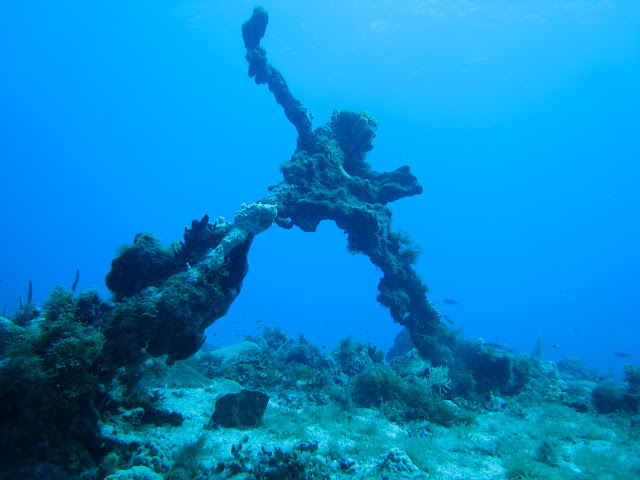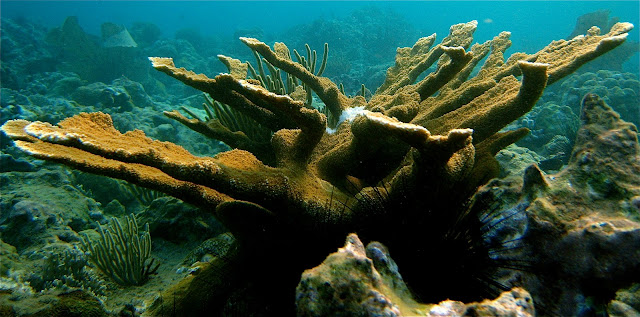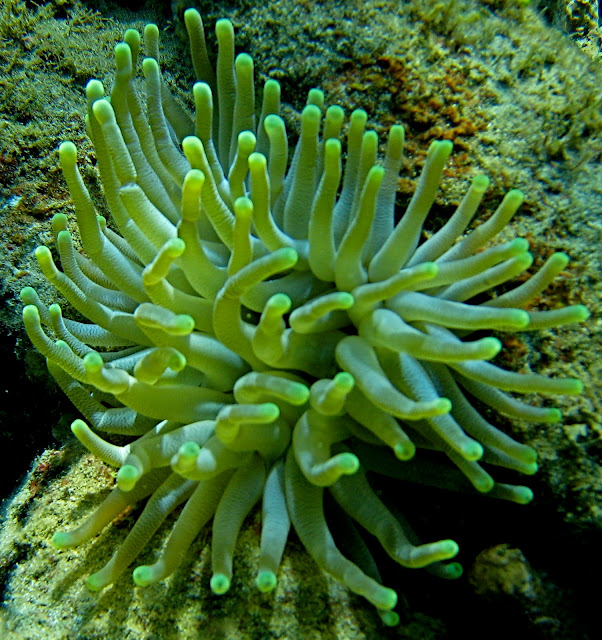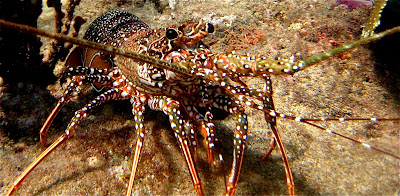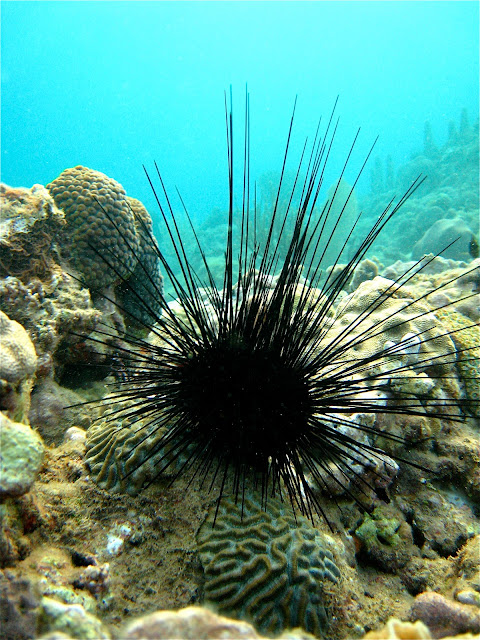This website was created for you to discover the common creatures found around Puerto Rico with the strike of your finger. Browse through the photography as if you were gliding over the reef. At the click of your mouse, you can discover just what fish you saw during your morning dive, or prepare yourself for what you are about to encounter on your next. Many of the species you will discover on this site can be found around the Caribbean basin; apply what you learn here on all of your dives, and adventures, in the Caribbean. Enjoy!
If you have any photos or video of marine life you have taken from around Puerto Rico and would like to contribute to this site please see below for directions on how to do so.
If you have any photos or video of marine life you have taken from around Puerto Rico and would like to contribute to this site please see below for directions on how to do so.
Marine Life of Puerto Rico Photo Submission Form
Click here to get the google docs version (google account required). Or, copy and paste the following text below into a word.doc, fill it out, and send it as an email attachment to info@marinelifepr.org.
We at MLPR encourage everyone to submit a photo that they have taken of marine life around Puerto Rico for the chance of it being published on the site. We envision this site as being a concerted effort between the general public, scientists, dive shops, NGO's, and officials from local and regional agencies. The following is the basic submission form. Download this form, fill it out send it as an email attachment with your photo to info@marinelifepr.org. If we accept the photo we will publish it in the appropriate category and give you the proper photo credit!
First and Last Name of photographer:
Location the photo was taken:
Nearest municipality and/or island:
Note: Photos must be submitted over 600 kilobytes, and 300 dpi is preferred. If you have many photos that you want considered for the site please contact us to set up a meeting at our office to accept the photos. All photos will be considered but not all will be accepted. In effort to allow this site to provide users with the best representation of marine life occurring around the island, photos that are out of focus, in low resolution, or a poor representation of the subject will not be accepted. This will be decided amongst the site administrators.
(Compiled and Created by Wessley Merten. A student in the Department of Marine Science at UPRM)
Marine Life of Puerto Rico
Marine Life of Puerto Rico



